In the complex world of Healthcare Technology Management (HTM), in-house HTM biomedical service personnel play…
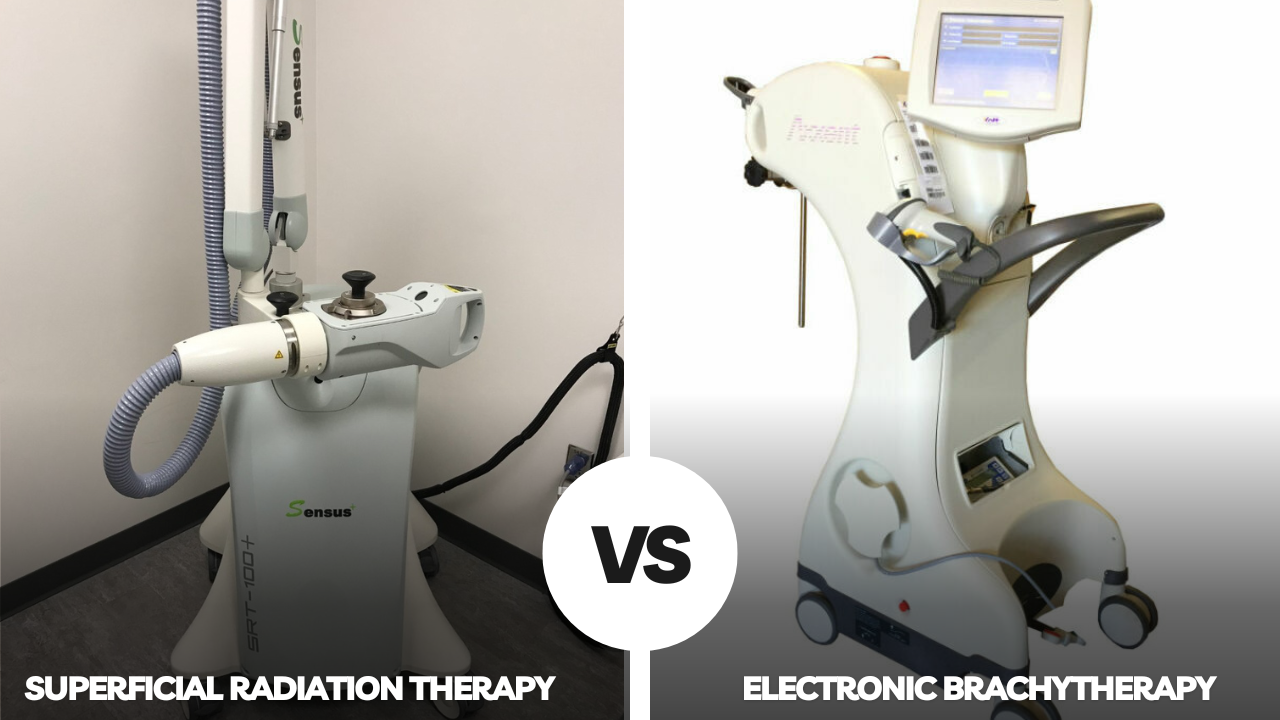
Superficial Radiation Therapy Vs. Electronic Brachytherapy For The Treatment Of Skin Cancer
The choice of treatment for skin cancer depends on various factors, including the type, location, size, and depth of the cancer, as well as the patient’s overall health and preferences. Both superficial radiation therapy (SRT) and electronic brachytherapy (EBX) can be effective treatments for certain types of skin cancer. The best treatment option for a particular patient will depend on the individual case.
Superficial Radiation Therapy (SRT)

SRT is a type of external beam radiation therapy that delivers low-energy x-rays to the surface of the skin. It is a highly effective, and cosmetically pleasing, alternative to surgically removing cancer cells. It is typically used to treat superficial or thin skin cancers, such as basal cell carcinoma and squamous cell carcinoma. SRT has been shown to offer a 98.7% skin cancer cure rate (source: Tanner.org).
Electronic Brachytherapy (EBX)
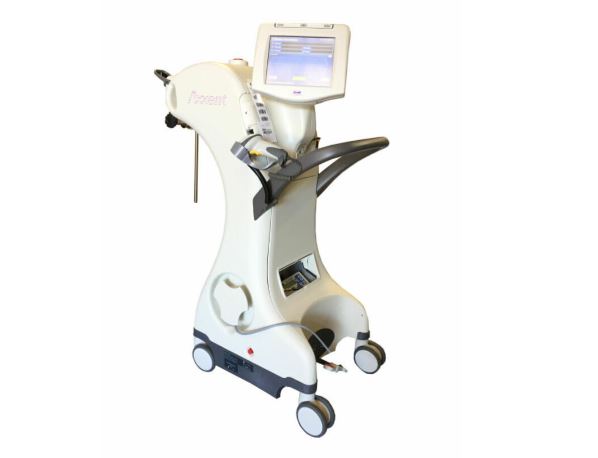
Electronic brachytherapy is a form of radiotherapy that involves the placement of a small x-ray source directly into or near the cancer. EBX is a type of HDR brachytherapy and it uses an electronics, miniaturized x-ray source instead of a radioactive isotope typically used in brachytherapy. It is typically used to treat more advanced skin cancers, such as basal cell carcinoma, squamous cell carcinoma, and malignant melanoma. In a recent clinical study of 200 patients, 96.25% of the lesions treated with EBX demonstrated a complete response (source: Applied Radiation Oncology).
Linear Accelerators for Treatment of Skin Cancer
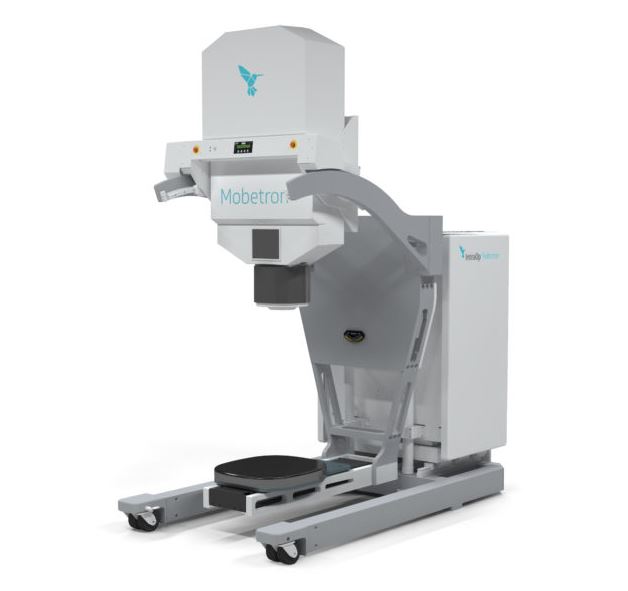
Electron-beam linear accelerators (IORT) offer even greater advantages and skin penetration. Some are mobile and self-shielded, which make them suitable for dermatology practices. IORT systems are designed to deliver the required dose of radiation at one time, often during surgery, in the area of the body where recurrence of the cancer is possible.
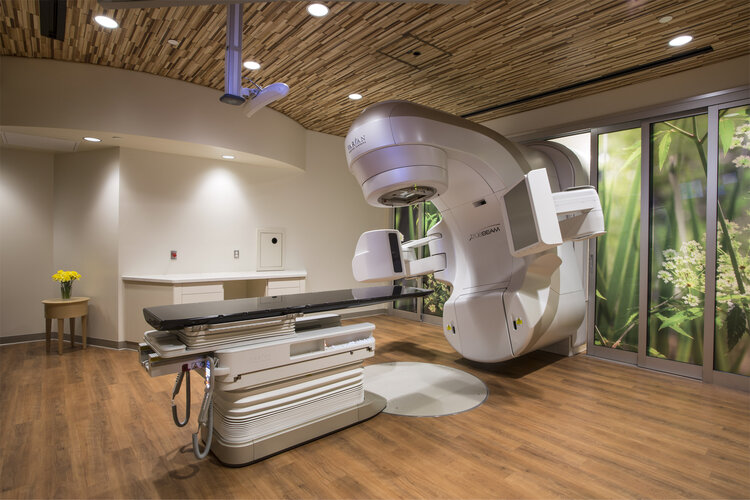
Some dermatology groups in high sunshine/high skin cancer states, such as Arizona and Florida, have installed conventional linear accelerator systems (Linac). By shutting off the higher MV photon energies on the linear accelerator, and accessing the MeV electron energies, they can treat skin cancers with even more penetration than SRT or EBX.
From the patient’s standpoint, the best treatment option for skin cancer depends on the individual case, and a dermatologist or radiation oncologist will be able to recommend the most appropriate treatment after a thorough evaluation.
Equipment Solutions from ROS
If you are seeking to add radiation therapy to your dermatology practice, ROS may be able to help. We provide lower-cost, refurbished superficial (SRT) units for the treatment of skin cancer, as well as refurbished linear accelerator systems.

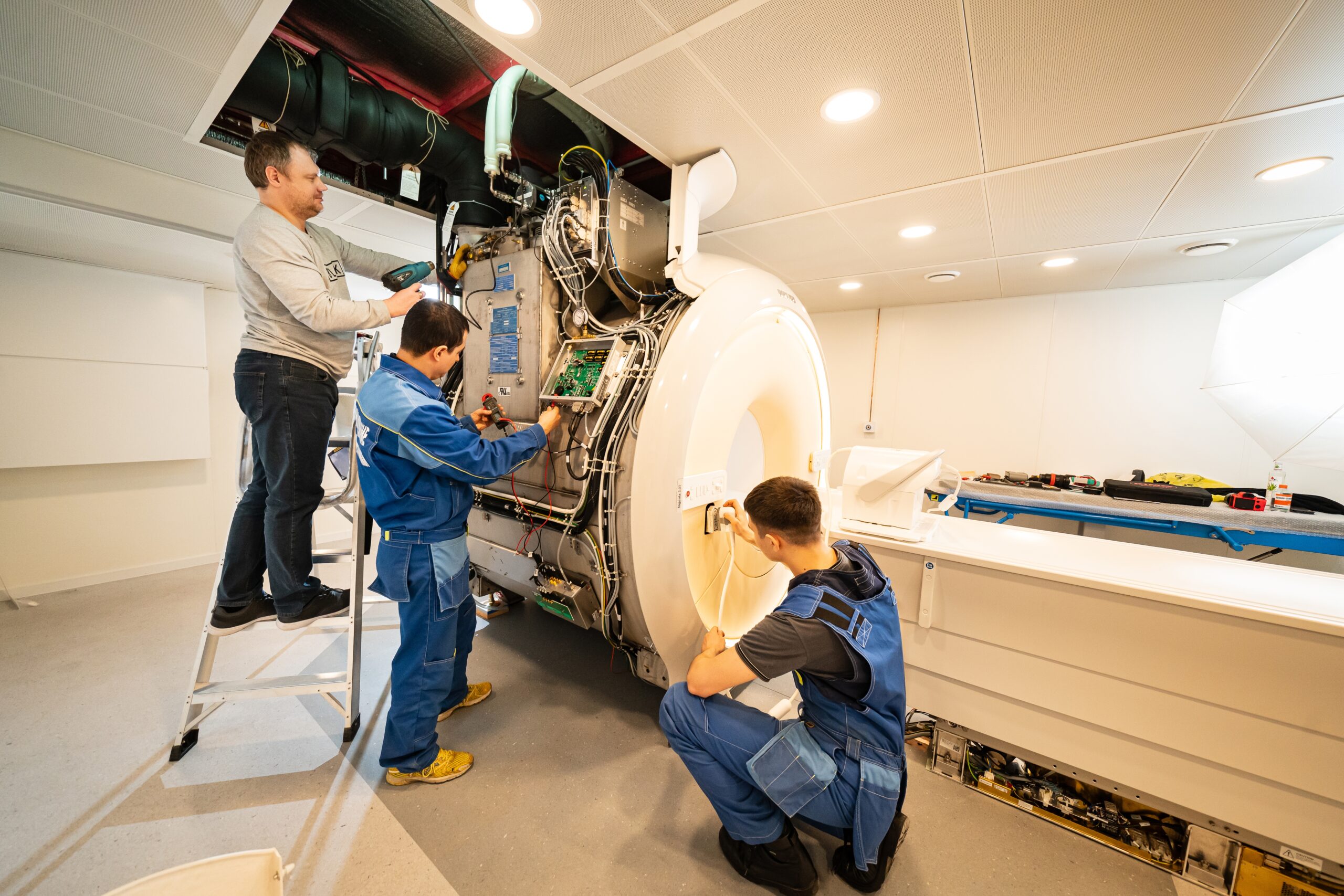
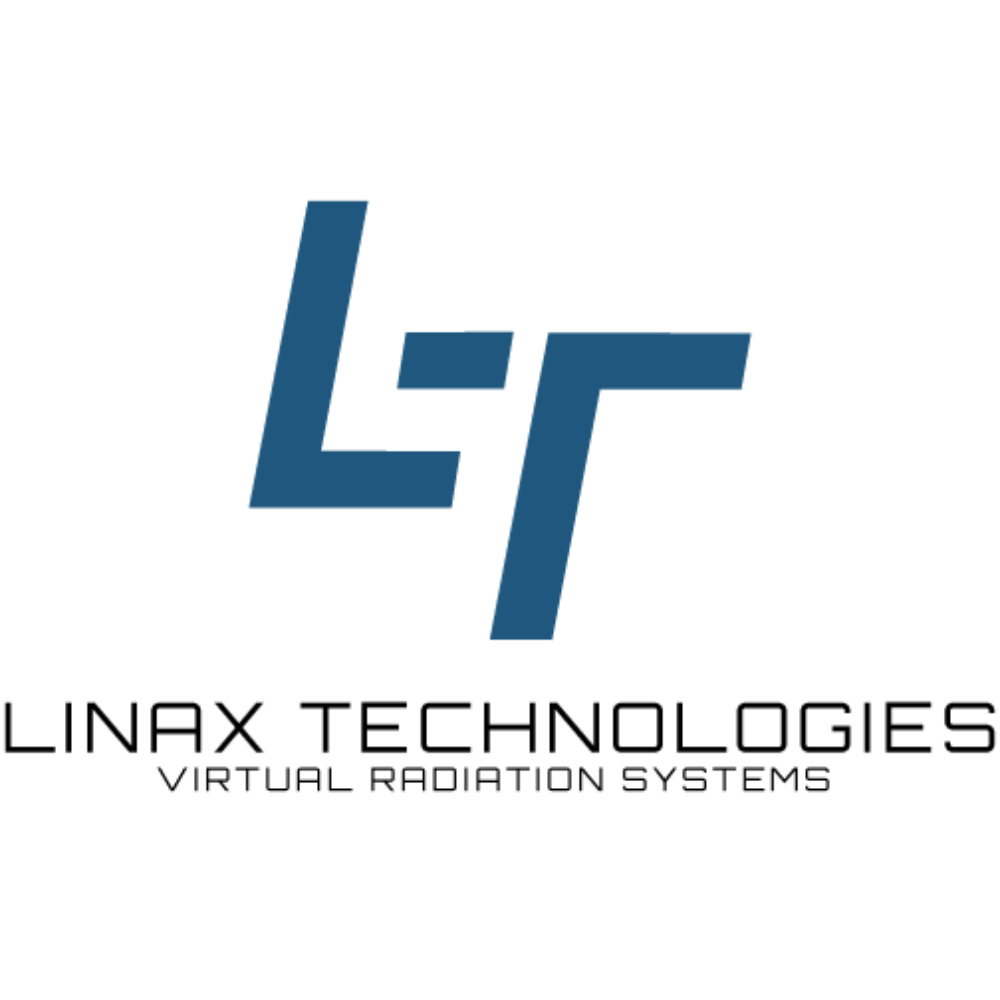
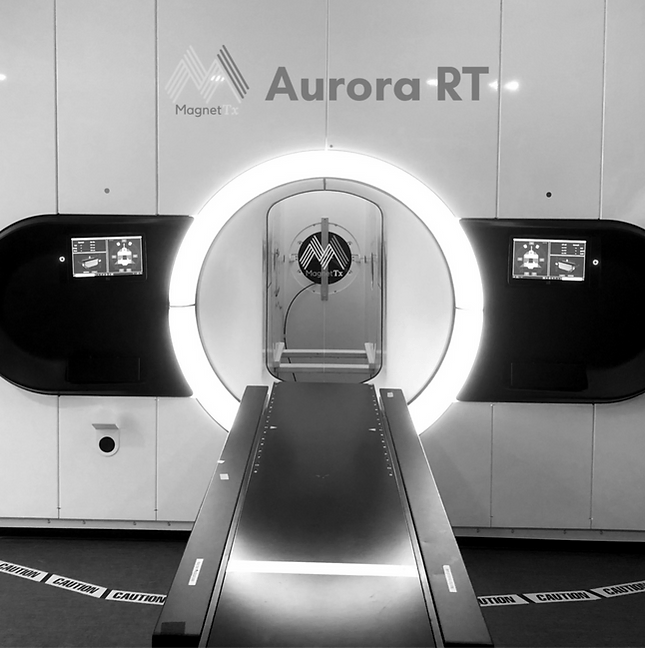
This Post Has 0 Comments